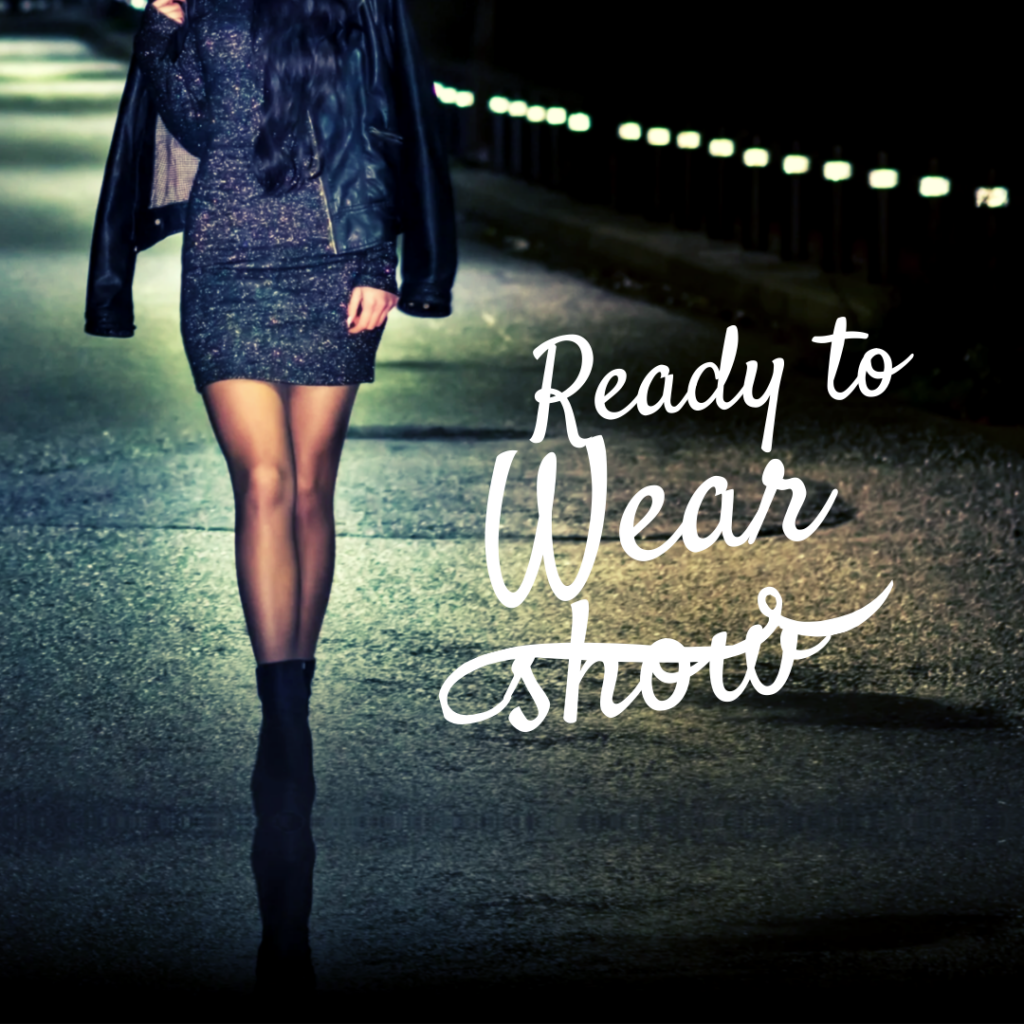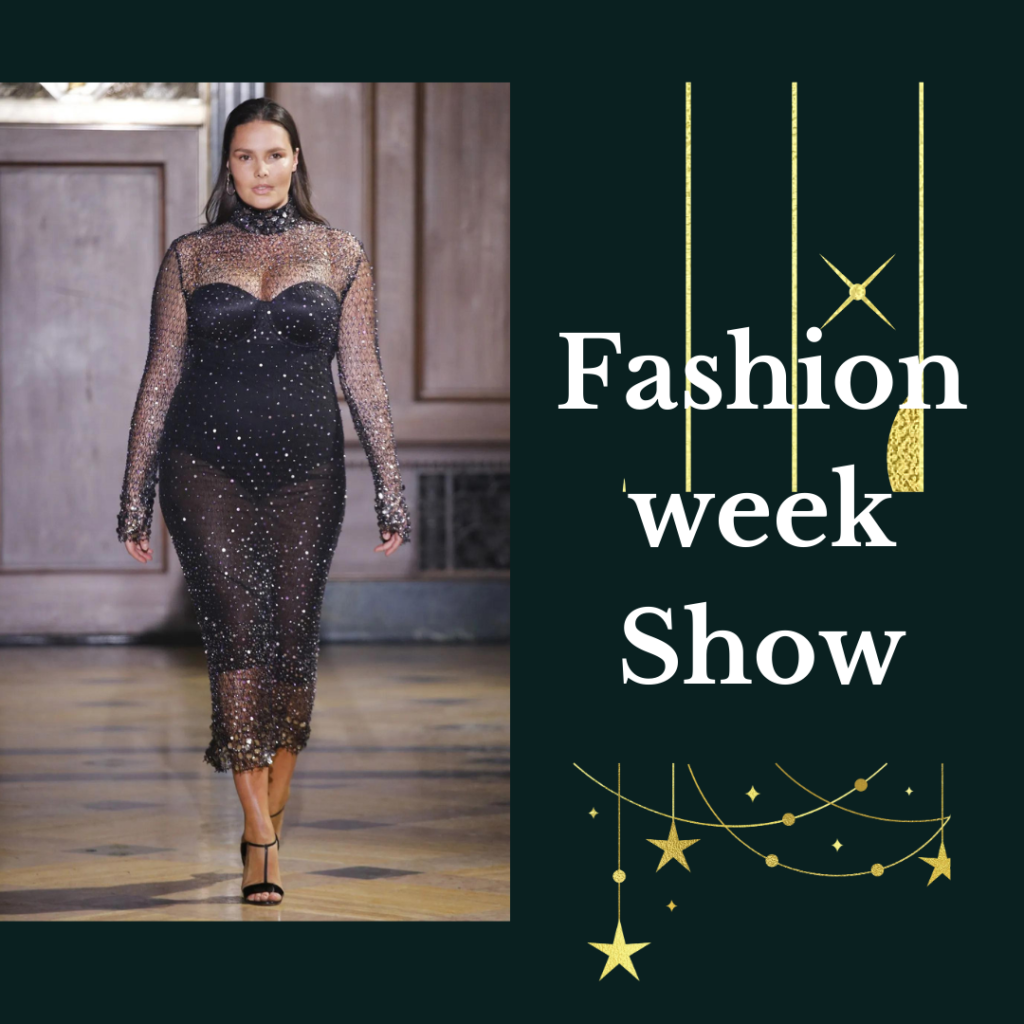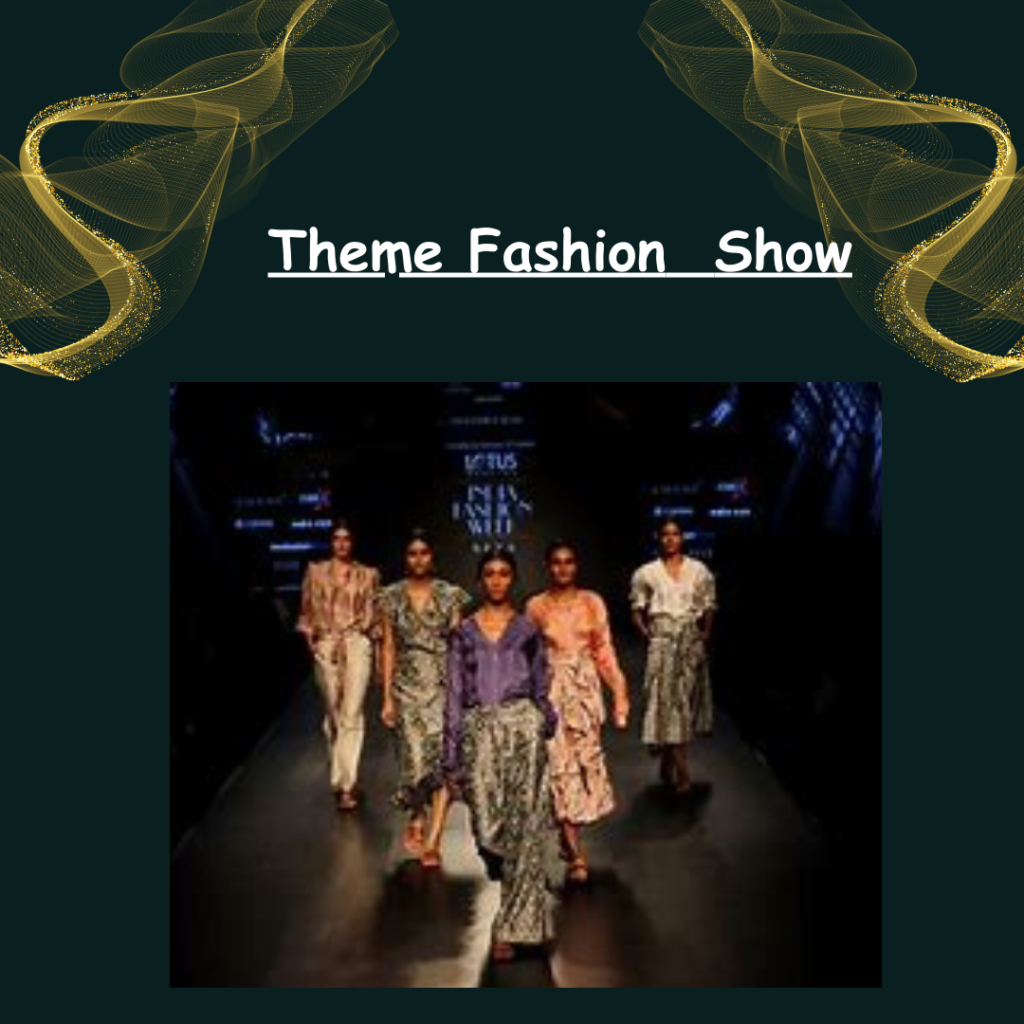Introduction
Our Commitment to Excellence
Empowering Models At Culleenan, we believe in nurturing talent and fostering creativity. We provide extensive training to our models, ensuring they are well-prepared to showcase their skills on the runway. Our training programs are designed to build confidence, refine techniques, and highlight each model's unique strengths.
Exclusive Designer Collections Our models are adorned in Culleenan's exclusive designs, meticulously crafted to meet and exceed their expectations. Each piece reflects our commitment to quality, style, and innovation, making sure our models shine in every showcase.
Workshops and Mentorship We are dedicated to supporting the growth of aspiring models through workshops and mentorship programs. Collaborating with industry experts and influencers, our workshops provide valuable insights, skills development, and professional guidance. This initiative ensures that fresher models receive the knowledge and support they need to excel in the competitive fashion industry.
Join the Culleenan Family
Whether you're a fashion enthusiast, an aspiring model, or simply appreciate high-quality design, Culleenan offers something for everyone. Explore our collections, participate in our workshops, and be a part of a brand that is redefining fashion.
Welcome to Culleenan – where style meets innovation, and talent is nurtured to perfection.Type Of Fashion Shows

Our Commitment to Excellence
Empowering Models
At Culleenan, we believe in nurturing talent and inspiring creativity. Our comprehensive training programs prepare models to own the runway with confidence, poise, and individuality. We focus on enhancing techniques while celebrating each model’s unique strengths.
Exclusive Designer Collections
Culleenan’s signature designs are tailored to elevate and empower. Every piece is crafted with precision, style, and innovation—ensuring our models stand out at every event.
Workshops & Mentorship
We invest in the next generation of fashion talent through workshops and mentorship. Partnering with industry professionals, we provide hands-on guidance, skill-building sessions, and real-world insights—helping new models thrive in a competitive industry.
Join the Culleenan Family
Whether you're an aspiring model, a fashion enthusiast, or a lover of design, Culleenan invites you to explore our world. Be part of a brand that fuses style with innovation and supports talent at every step.
Culleenan – Where Fashion Meets Future.Ready To Wear Show
Ready-to-wear (prêt-à-porter) fashion shows are integral to the fashion industry, showcasing clothing that is designed to be worn off the rack without significant alteration. Unlike haute couture, which is custom-made for individual clients, ready-to-wear collections are produced in standard sizes and are more accessible to the general public. Here’s an overview of ready-to-wear fashion shows
Features of Ready-to-Wear Fashion Shows
Seasonal Collections:
- Spring/Summer: Light fabrics, bright colors, and designs suited for warmer weather.
- Fall/Winter: Heavier fabrics, darker colors, and layered looks for cooler climates.
Commercial Focus:
- These shows are designed to appeal to buyers from retail stores and consumers, driving sales for the upcoming season.
Accessibility:
- Unlike haute couture, ready-to-wear collections are produced in larger quantities and sold in boutiques, department stores, and online platforms.
Seasonal Collections:
- Spring/Summer: Light fabrics, bright colors, and designs suited for warmer weather.
- Fall/Winter: Heavier fabrics, darker colors, and layered looks for cooler climates.
Commercial Focus:
- These shows are designed to appeal to buyers from retail stores and consumers, driving sales for the upcoming season.
Accessibility:
- Unlike haute couture, ready-to-wear collections are produced in larger quantities and sold in boutiques, department stores, and online platforms.

Resort Cruise Show

Resort and cruise fashion shows, also known as "pre-collection" shows, are special presentations that showcase inter-seasonal collections designed for travel and leisure. These collections typically bridge the gap between the main seasonal lines, offering versatile and stylish options for vacation wardrobes. Here’s an overview of resort and cruise fashion shows:
Characteristics of Resort and Cruise Collections
Timing:
- Resort Collections: Often unveiled in May and June.
- Cruise Collections: Generally presented between November and December.
Design Aesthetic:
- Resort: Light, breezy fabrics, bright and bold prints, and relaxed yet chic silhouettes suited for tropical or beach destinations.
- Cruise: Similar to resort but may also include pieces suitable for yachting or upscale travel, featuring nautical themes, luxurious fabrics, and versatile separates.
Purpose:
- Designed to provide fashionable options for holiday seasons, catering to affluent clients who travel year-round.
- These collections are often seasonless, making them adaptable to different climates and destinations.
Fashion Week Show
Fashion Week is a series of events where fashion designers and brands present their latest collections to buyers, media, and the public. These events are typically held twice a year (for spring/summer and autumn/winter collections) in major fashion capitals like New York, Paris, London, and Milan.
Key Aspects of Fashion Week Shows:
- Runway Shows: Designers showcase their new collections on models walking down a runway. This is the main event of Fashion Week, where the audience can see the clothing and accessories in motion.
- Presentations: Some designers opt for presentations rather than traditional runway shows. These can include static displays, where models pose in the clothing, or interactive installations.
- Backstage: Behind the scenes, there's a hive of activity with designers, stylists, makeup artists, and models preparing for the shows. This is where the creative and logistical work happens.
- Front Row: The front row of a fashion show is typically reserved for celebrities, influential fashion editors, buyers, and other VIPs. Their presence can add prestige and media coverage to the show.

Theme Fashion Show

A themed fashion show is a runway event designed around a specific concept or narrative, which influences the styling, music, venue, and overall atmosphere of the presentation. The theme can vary widely, from historical eras and cultural references to abstract ideas and future predictions. Here are a few key elements and examples of themed fashion shows:
Key Elements of a Themed Fashion Show:
Concept: The central idea or story that the collection and the show are built around. This could be a historical period, a cultural movement, a color scheme, or an abstract concept like "rebirth" or "nature."
Design and Collection: The clothes and accessories are designed to reflect the theme. This includes the choice of fabrics, colors, silhouettes, and even the techniques used in creating the pieces.
Venue and Set Design: The location and the setup of the show are tailored to enhance the theme. For example, a show inspired by the 1920s might take place in a grand ballroom with Art Deco decorations.
Music and Sound: The soundtrack of the show is chosen to complement the theme. It could include era-specific music, ambient sounds, or even custom compositions.
